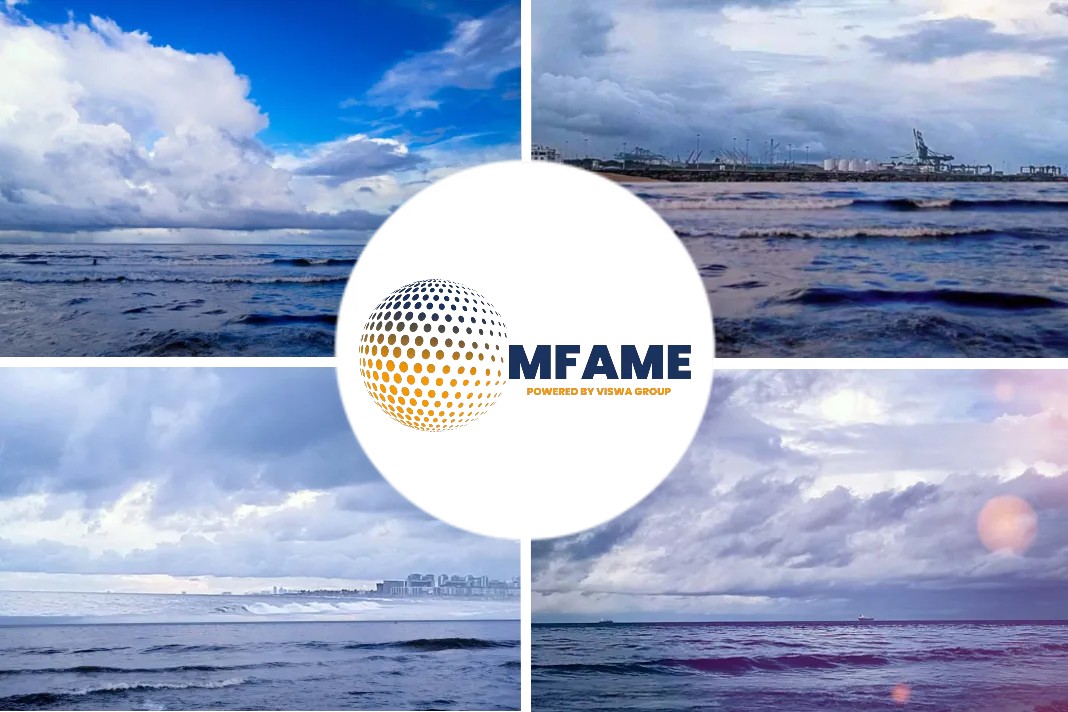- Traders unwilling to buy commodities due to price spikes
- Supramax, Panamax sectors outperform Capesizes in Q1
- Freight market being influenced by geopolitical issues
A recent news article published in the Platts states that dry bulk quarterly: High commodity prices, volatile bunkers arrest freight demand.
Dry bulk freight price movements
The seasonality that typically dictates dry bulk freight price movements in the second quarter is likely to take a back seat this year to the challenges being posed to the spot market by volatile bunker prices, high commodity prices and disruptive geopolitical events.
Dry bulk freight spreads between different ship sizes flipped considerably in Q1 as larger Capesize tonnage registered far lower time charter equivalent rates or earnings compared with smaller Kamsarmax and Supramax bulkers — and this trend could reverse in the current quarter, market watchers said.
The Cape T4 index, a trade flow-based weighted average of four key Capesize routes, averaged at just $11,435/d in Q1, well below the $25,227/d and $22,622/d averaged by the APSI 5 and KMAX 9 indexes, which are a weighted average of five key Asia-Pacific Supramax routes and nine key Panamax routes respectively.
Going forward, issues like the continuing Russia-Ukraine conflict, COVID-19 related protocols at ports and a firm container market are expected to impact spot freight rates.
A Singapore-based ship-operating source said traders were hesitant to “take a call” on the market in Q2 due to high commodity prices, which he said may stabilize only if there is an end to the Ukraine war.
Coal heats up
Another ship-operating executive said stock-and-sale activity among coal traders was adversely affected by high commodity prices and freight rates, which in turn could lead to a decline in shipping movements. While trading margins remain thin, the challenges in securing financing in a high-commodity price environment are multifold.
In fact, the world’s two largest coal importers, China and India, have become more price-sensitive to changes in coal prices, with both purchasing smaller parcels that were moved mainly on Supramax ships rather than larger Panamax vessels in Q1, shipping market sources said.
The two energy-hungry countries have also reacted to higher seaborne coal prices by increasing domestic coal production to further to reduce reliance on imports, which could subsequently limit shipping activity for transporting coal.
The Capesize market, which was under pressure in Q1, could have a better run in the current quarterd with Brazilian and Western Australian iron ore majors expected to increase production and exports after the completion of maintenance, and as seasonal weather-related disruptions ease in Q2.
While support for the Capesize segment is expected in terms of burgeoning ton-mile demand due to more coal being delivered into Europe on these ships, some market sources expect this trend to result in more vessels opening around Europe and thereby pressuring trans-Atlantic and front-haul freight rates.
Bauxite boost
West Africa is quickly becoming a major Capesize loading location, with demand for shipping out bauxite and iron ore surging from this region. China imported a record 21 million mt of bauxite over January and February — 55% of it from Guinea, with majority of cargoes moving on Capesizes.
Out of the Asia-Pacific, the Supramax sector was the beneficiary of robust bauxite movement from Indonesia in Q1 on the back of market chatter that Jakarta could limit exports later in the year.
The uncertainty caused by the Russia-Ukraine conflict has also resulted in many shipowners preferring to trade their Panamax, Supramax and Ultramax vessels in the Pacific region.
With hefty premiums being sought on spot ships for moving cargoes from the Pacific to the Atlantic, charterers are rushing in to fix ships on period charter in order to lock in tonnage for longer durations, sources said.
Some participants argue that the high rates for period fixtures in the Supramax and Ultramax segments in the mid- to high $30,000s/d range reflect the underlying strength in the market going forward.
Shipowners are also counting on operational inefficiencies such as a lack of marine pilots, port congestion, supply chain bottlenecks and delays caused by crew changes, which were dominant factors last year, to again help drive up freight rates in Q2.
Did you subscribe to our daily Newsletter?
It’s Free! Click here to Subscribe
Source: Platts

























